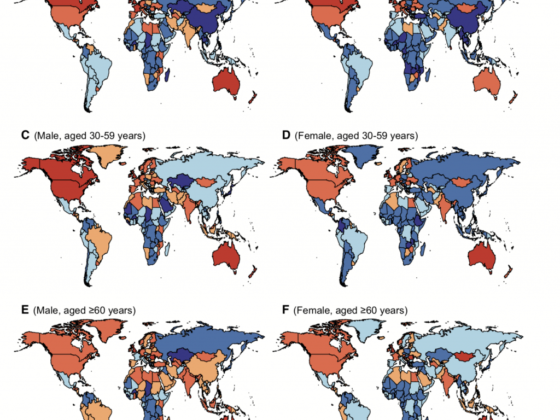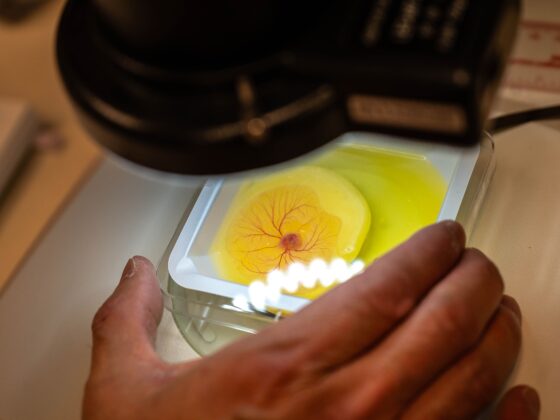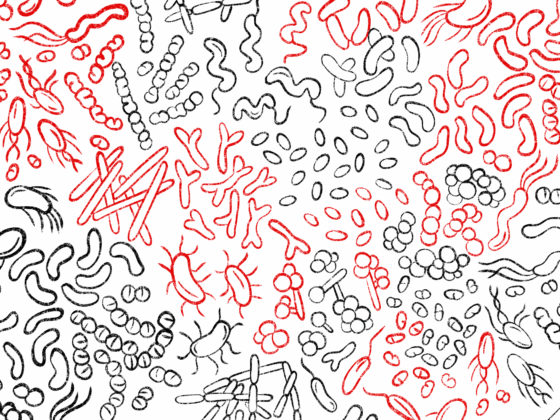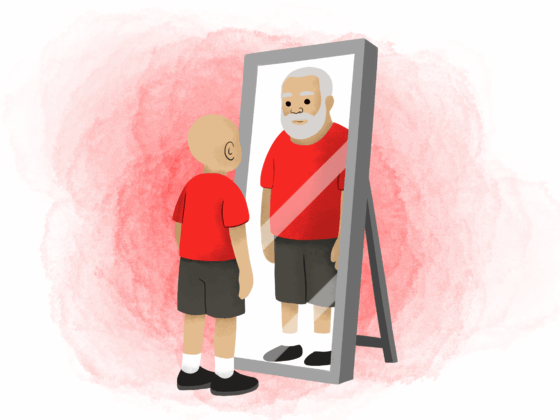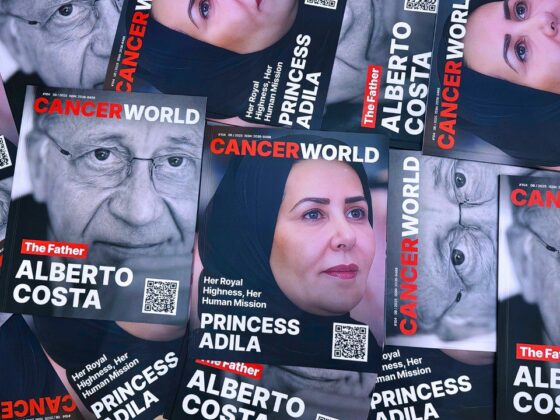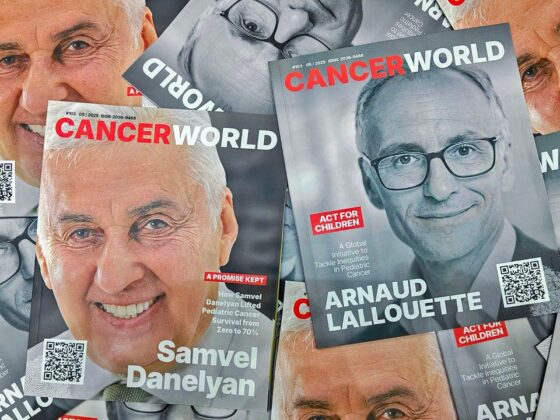In discussing palliative care, it has often been asked whether quality of time was important like quantity of life, if not more. And, when patients are children, the answer can become very complex. «If the goal of palliative care is not simply to choose quantity vs quality but instead to help patients live their best lives for as long as possible, then we need to better understand the how, when, and why of pediatric palliative care, including in children with cancer» pediatric oncologists Emily E. Johnston and Abby R. Rosenberg, respectively from University of Alabama at Birmingham and University of Washington School of Medicine (USA), say in a paper recently published on JAMA Oncology.
The authors address these critical aspects, the importance and the existing difficulty to answer, which is increased by the lack of strong evidence. Along with a better understanding of palliative care for children, a crucial aspect is making sure that it can be provided, in a sustainable manner: «This will require both primary and specialty pediatric palliative care workforces with appropriate training, and payment models that recognize the importance of both», the authors write.
According to Johnston and Rosenberg, «the most challenging» is probably the why, which requires finding a balance between the needs and values of the patient and of the family. One hurdle in the measurement of palliative care impact on survival in children relates to the variability of their life expectancies, also considering data scarcity about long-term effects and toxicity of molecular therapeutics and immunotherapy. Furthermore, age and health status of children may complicate the measurement of quality of life. Also challenging is not only the decision about when, and how, to introduce the topic, but also whether the discussion should be with the parents or with the child himself.
With regard to how, «as pediatric palliative care grows and evolves, the how will need to be continually reevaluated», the authors suggest. To note, different care delivery models currently exist and clinicians are generally not as trained as their colleagues who deliver adult care. The training is a primary aspect involved also in the choice of the moment. For the authors, general pediatric oncologists need to be prepared to provide early primary palliative care.
It is necessary «to advocate for policy and training programs that ensure the workforce and payment models required to deliver palliative care in the best way possible» the paper concludes. However, even if research conducted in adults is inspiring, results not are automatically generalizable to pediatric patients, ands the same applies to policies..



